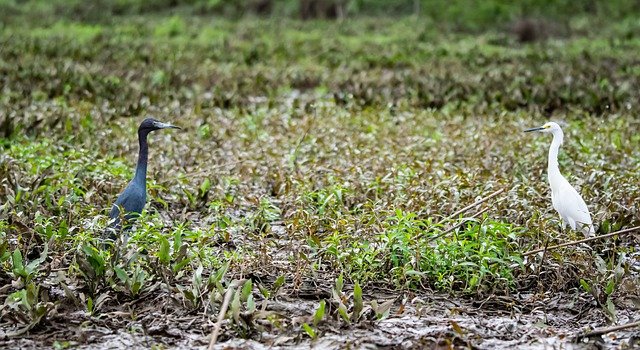Use of Stork Beaks in Finding Prey

Hello friends, how are you, I hope you are fine.
Use of Stork Beaks in Finding Prey
Storks are water birds known for their long, slender beaks. This beak, which is one of the main characteristics of storks, has various important uses in finding and catching prey. Here are some important aspects of the function of a stork's beak in the hunting process:
- Adaptation of Form and Function
The stork's beak is specially designed to make hunting easier in muddy and watery environments. Its long, slender shape allows the stork to reach prey located at the bottom of the water or among dense vegetation. This beak also helps the stork to avoid direct contact with sharp objects or other large objects that could interfere with the search for prey.
- Ability to Filter Food
One of the main uses of a stork's beak is its ability to filter food. Storks often use a filtering technique by opening their beaks slightly and spreading them across the water to catch small organisms such as fish, insects or crustaceans. The narrow beak structure allows the heron to hold prey while removing unwanted material.
- Efficient Hunting Techniques
Storks use their beaks in a variety of hunting techniques. For example, they can sink their beaks quickly to catch moving prey, or use their beaks to search in mud and aquatic vegetation. This technique allows herons to effectively catch prey even in difficult-to-access environments.
- Sensitivity and Sensibility
Storks' beaks are equipped with highly sensitive sensory receptors, which allow them to detect vibrations or small movements in the water or mud. This sensitivity helps the heron to detect prey that may be hidden or at depth, thereby increasing the chances of getting enough food.
- Flexibility in Food
Storks' beaks also promote flexibility in their diet. They can adapt how they hunt based on the type of prey available, whether that be by filtering through the water, searching in the mud, or even picking up prey lying on the ground. This ability allows herons to adapt to changes in the environment and food availability.
Overall, the stork's beak is a very important and versatile tool in finding prey. With a design adapted to their specific needs, these beaks allow herons to survive and thrive in the variety of habitats they inhabit.
Thank you for visiting.
Thank you, friend!


I'm @steem.history, who is steem witness.
Thank you for witnessvoting for me.
please click it!
(Go to https://steemit.com/~witnesses and type fbslo at the bottom of the page)
The weight is reduced because of the lack of Voting Power. If you vote for me as a witness, you can get my little vote.
Upvoted. Thank You for sending some of your rewards to @null. It will make Steem stronger.